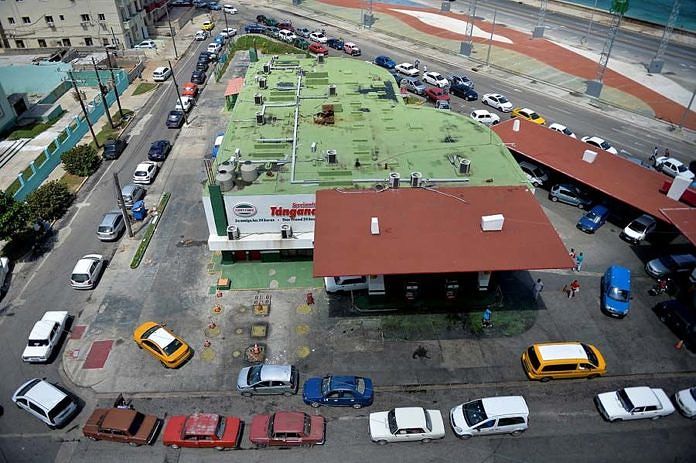
HAVANA, BALIPOST.com – Ernesto Mirabal gave up a night’s sleep for a few gallons of gas at a Havana service station, where lining up for five hours has become the norm during a severe fuel shortage on the Communist-run island.
Since President Miguel Diaz-Canel’s shock announcement on September 11 that the country was facing the fuel shortfall, widespread uncertainty and a degree of panic have gripped the nation.
Mirabal, a taxi driver, had no choice but to while away his sleeping hours queuing for gas.
“I got here a little after 11 o’clock and was able to put gas in the car at four in the morning,” said Mirabal, 48. “I had to do it because I had a customer to pick up at 7 o’clock.”
“I’ve got enough fuel for today and tomorrow now. But the day after tomorrow I have to start all over again.”
– Drastic measures –
Images of long lines of people waiting endless hours outside service stations have flooded Cubans’ Twitter and Facebook timelines over the past week.
WhatsApp groups have sprung up around the burning question of the day: “Where can I get fuel?”
In public companies and offices, schedules have been cut back, air conditioners have hummed to a halt and electricity blackouts imposed for a few hours a day. Some companies have sent their workers home.
Garbage accumulates in the streets as collections are cut back, a blow to the health ministry’s battle against resurgent dengue fever, a deadly strain of which is worrying authorities.
The drastic measures in place for the past week remind many of the Special Period, the dark days of extreme shortages in the 1990s which followed the collapse of Cuba’s main sponsor, the Soviet Union.
Some measures indeed mirror those of 25 years ago as the nation tries to cope.
With public transport reduced to bare minimum service, traffic police flag down drivers of state-owned vehicles to demand they take on passengers.
But the starkest example of Cuba’s fuel crisis can be seen in the sugar cane plantations, where oxen are being brought in to replace the machines that power the country’s biggest export. (AFP)



